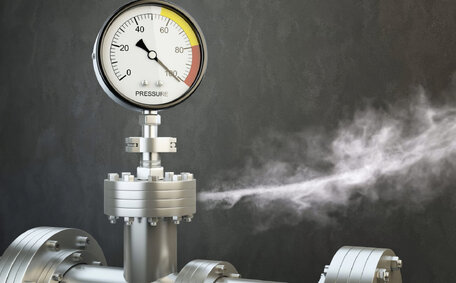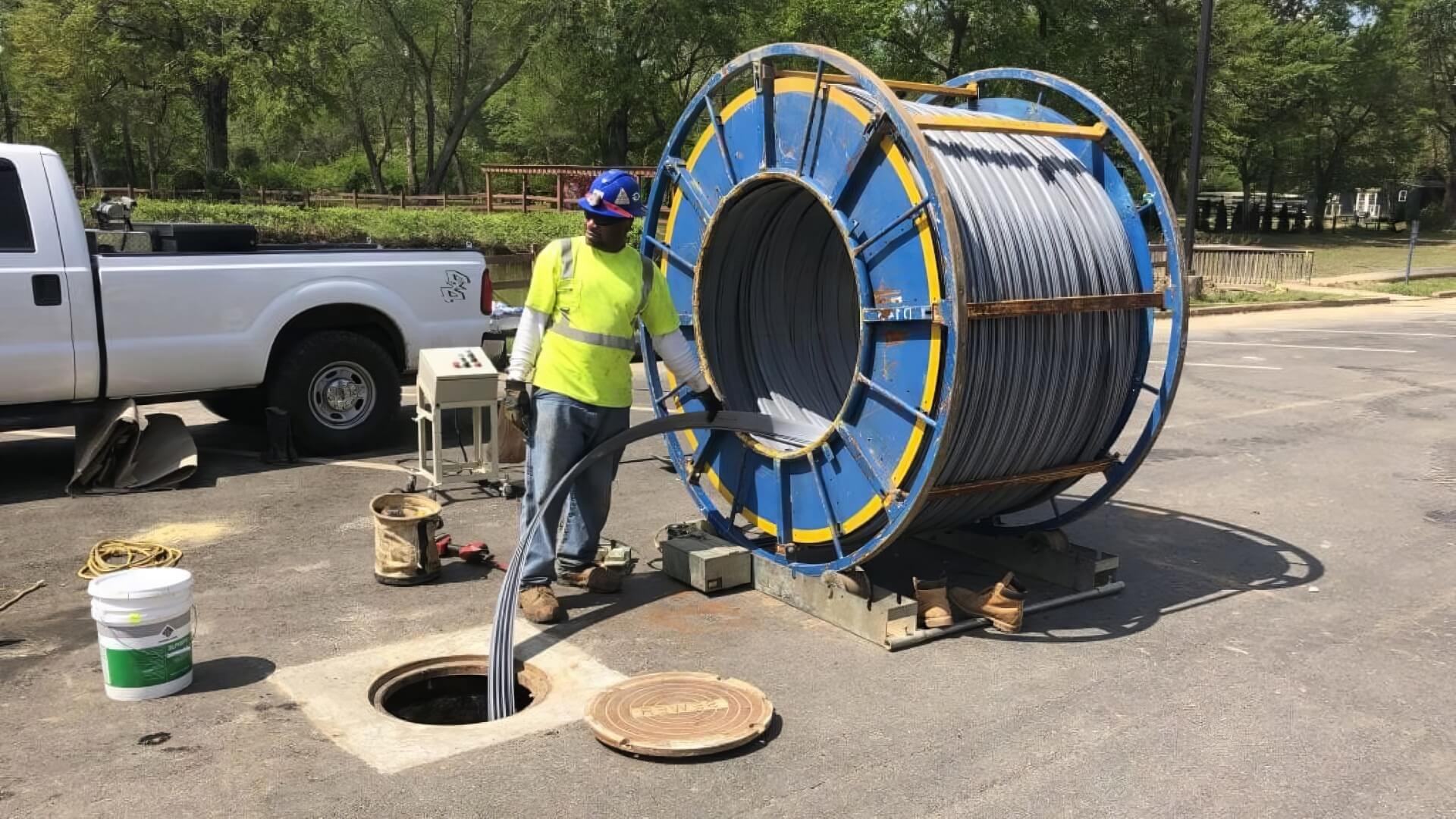Introduction to Pipe Materials and Vulnerabilities in Emergencies
Selecting the right plumbing materials is crucial for handling emergency situations like freezing temperatures or fires.
This article examines the robustness and weaknesses of plumbing materials such as PVC, PEX, copper, and reinforced concrete in extreme conditions. You’ll learn insider tips on choosing and protecting pipes to prevent damage and dangerous leaks in your home’s plumbing during emergencies.
Having over a decade of experience in Guildford and the surrounding regions of New South Wales, our expertise spans across various plumbing materials, and we offer reliable, prompt service. In critical situations, our knowledgeable team provides dependable advice on emergency plumbing protection.
Common Plumbing Pipe Materials Overview
Plumbers in Guildford use and endorse various common pipe materials, each offering distinct advantages and suitable uses:
Understanding a material’s limitations in emergencies is critical, taking into account environmental factors, installation methods, and ongoing maintenance. When uncertainties arise in extreme situations, rely on Guildford Plumbing’s emergency response team for urgent pipe repairs or replacements.
Freeze Resistance of Popular Pipe Choices
Pipe materials react differently when exposed to extreme cold. Understanding freeze resistance helps prevent burst pipes during cold snaps.
PEX - Flexible PEX tubing, with its suitable high temperature resistance, is highly freeze-resistant. The elasticity allows PEX to expand when water freezes inside, reducing bursting risk. You can use PEX in suitable applications for frigid climates.
Copper - Copper pipe is vulnerable to freezing as water expands, causing it to crack open. Copper pipes in particular are increasingly prone to freezing below -17°C, necessitating insulation in cold environments.
It’s imperative to understand how insulation, pipe diameter, and water pressure affect freeze resistance. When it comes to specialist advice on protecting your plumbing from winter emergencies in the Guildford region, rely on our decades of local experience. We know what materials resist freeze damage and can recommend the optimal emergency response.
How Pipes Stand Up to Fire Situations
Fire presents an extreme risk to plumbing systems. Different pipe materials react differently when exposed to flames, heat, and structural collapse.
PVC - PVC pipes soften at 80°C and can deform, rupture, or release toxic fumes around 150°C. Since PVC is unsuitable for high temperatures, it’s crucial for areas with lower fire risks.
PEX - Insulated PEX tubing is slow to ignite and fails at 210°C. However, unprotected pipes melt faster, fueling larger blazes. Effective firestopping for PEX pipe installations enhances fire resistance.
Concrete - Reinforced concrete pipes offer excellent fire performance. High heat only slightly diminishes strength with failure above 700°C. Burying concrete pipes underground also shields them.
Selecting the right materials and professionally installing firestops can prevent plumbing fire hazards. Consult emergency specialists like Guildford Plumbing who can make a thorough evaluation of your piping fire safety.
Protecting Your Plumbing System from Disasters
In the event of a disaster, materials fit for high-stress conditions and proper preparedness are essential for damage control. Here are key tips on protecting your pipes from emergencies:
- Insulate pipes not just for efficiency; it’s also advantageous to wrap exposed water lines and use insulating pipe sleeves for protection against freezing.
- Waterproofing basement walls and foundations is crucial to mitigate flood seepage.
- Securely fasten overhead pipes to endure seismic events and strong winds.
- Select pipe materials, considering copper, PEX, and other materials, suited for your climate and potential environmental threats like brushfires.
- Install backup safety valves to prevent pressure spikes that could rupture pipes.
- Verify that pipes suit high-temperature zones by distancing flammable items from heaters and consider insulated PEX or PVC for fire-risk areas.
- Perform regular pipe inspections and maintenance like testing for leaks to nip issues before they escalate.
The initial costs of emergency-proofing your plumbing system pay off with long-term advantages. The peace of mind and avoidance of costly structural damage justify the upfront costs.
For advice customized to Guildford’s disaster risks, our expert team is at your service. We can assess your existing system and recommend the most suitable materials and precautions to weather any crisis.
Identifying Pipe Damage Before It’s Too Late
Early detection of pipe damage is key to preventing serious failures and hazards. Look out for these common warning signs of deteriorating pipes, including pinhole leaks:
- Discoloured water - Rusty, brown, or yellow water points to corroded steel/iron pipes.
- Reduced water flow - Partially blocked pipes decrease water pressure and flow volume.
- Wet spots on walls/ceilings - Water seeping from hidden pipe leaks often manifests as damp patches on surfaces.
- Clanging noises - Loud banging sounds in pipes indicate advanced internal corrosion and thinning.
- Sagging pipes - Drooping segments of pipe show loss of structural integrity from wear or damage.
Prompt identification of damage allows for targeted repairs instead of major re-plumbing. Start with a visual inspection to diagnose issues, followed by using pressure gauges, leak detectors, and pipe cameras for detailed assessment.
Certain materials like galvanised steel or older PVC drain pipes have shorter lifespans and require closer monitoring. Upon recognising symptoms of pipe wear, seek immediate assistance; our specialists stand by to assist. For professional pipe condition evaluations and preventative maintenance in the Guildford area, we’re here at Guildford Plumbing, eager to help.
What To Do When a Pipe Emergency Strikes
Follow these key steps if disaster strikes your pipes:
- Locate the main water shut-off valve - Find the valve controlling water supply to your entire home/business. It’s typically near the water metre or front external wall.
- Switch off water - Turn the valve clockwise to stop the flow, thus minimizing the risk of flooding.
- Assess the situation - Evaluate the situation to decide on actions for the impacted pipes and locate any obvious burst areas. Check for flooding risks or electrical hazards before approaching.
- Call emergency plumbers - Contact Guildford Plumbing’s emergency team on 1300 349 338. Describe the issue in detail so we arrive fully equipped to help.
- Limit damage spread - Place buckets or cloths carefully to collect dripping water and mitigate immediate water damage. Take valuables out of harm’s way.
- Make space for repairs - Provide plumbing access by clearing boiler room floors or shifting stored boxes away from water heaters.
Immediate response to a plumbing emergency is pivotal to prevent permanent damage. For rapid response from qualified emergency plumbers servicing Guildford and surrounding regions, call 1300 349 338 or email us 24/7.






